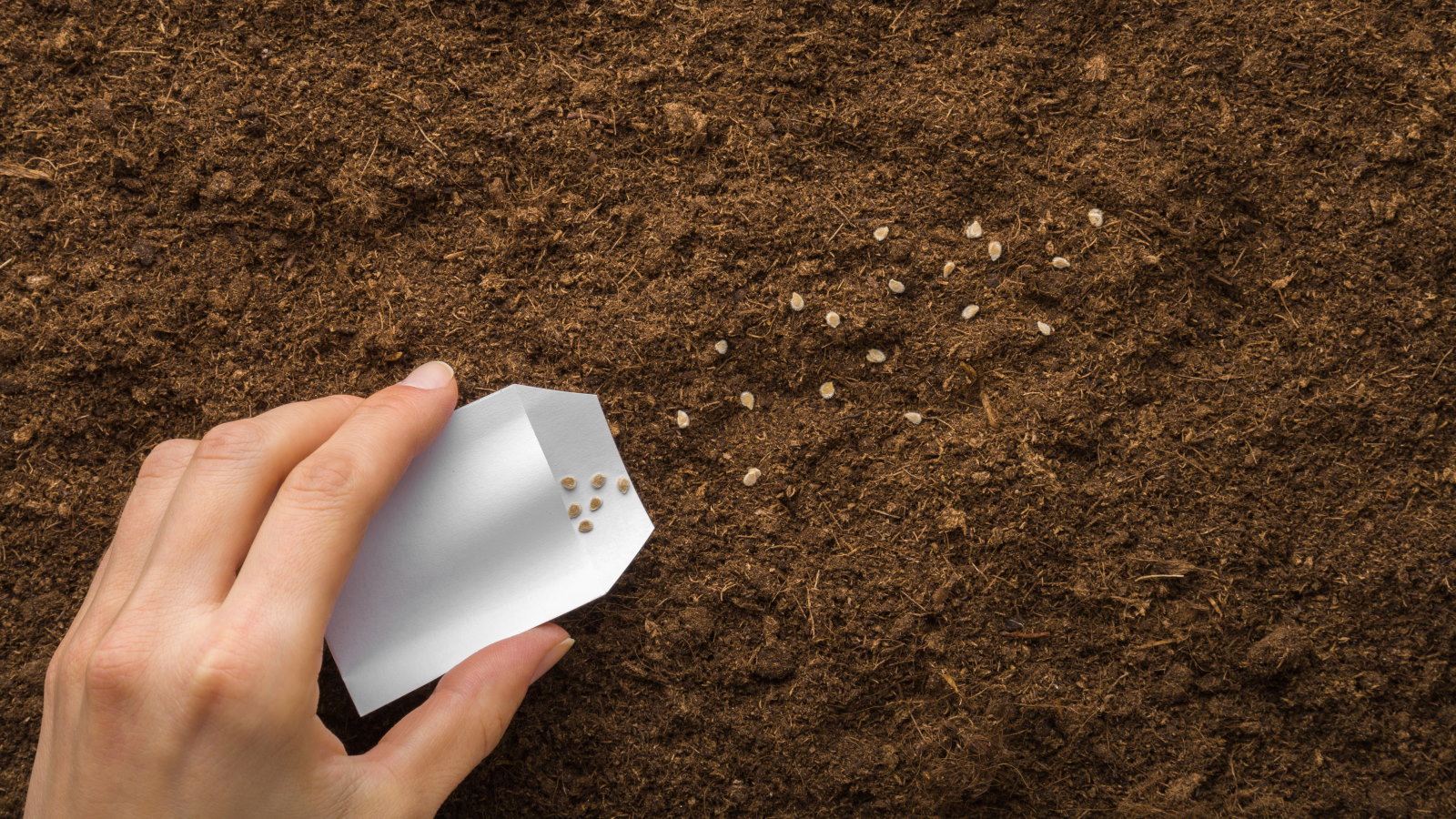
Gardens come alive in spring, with budding trees, greener lawns , and flowering plants brightening outdoor spaces. Tweeting birds can be heard as they embark on their nesting season, typically from early March to late August. It marks an important window for gardeners in the UK for one major reason, says wildlife expert and head of production Richard Green from Kennedy Wild Bird Food & Pet Supplies.
Birds in the garden can be a positive addition, offering benefits like pest control, seed dispersal, and pollination, resulting in a more spritely-looking green space. According to Richard, adding fruit to your garden is one of the easiest ways to reap the rewards while having diverse wildlife to listen to and admire in the warm spring weather. He said: "Cutting back hedges and trees before spring is one of the easiest ways to help nesting birds.

"Once the weather warms up, nests may already be hidden in the branches, and trimming could disturb the birds or harm their eggs and chicks." As for how to use fruit in your garden, it's all about making the space attractive. "Leaving parts of your garden a little messy during nesting season, like keeping leaves, twigs, and other natural materials on the ground, help birds find what they need to build safe and sturdy nests", said Richard.
Through strategic planting, fruit should be incorporated into bird feeders, garden beds, and borders. According to the wildlife expert, a regular feeding schedule can aid gardeners in the interim weeks of spring when plants are yet to produce fruit. "Maintain a regular feeding schedule so birds can rely on your garden as a consistent food source and offer a variety of foods, such as sunflower seeds, suet, and fruit, which can cater to different species so that you attract a diverse group of birds.
" It's also worth considering where you place your bird feeders. Richard warned that this "makes a big difference" to whether wildlife flock to your garden. He suggests keeping them close to your home and away from bushes.
This reduces the chance of predators, like squirrels, finding nearby nests. "This simple change can cut the risk of attacks by up to five times," said the wildlife expert. The RSPCA recommends apples, pears, soft fruits for bird feed, and suitable seeds and grains like Nyjer, millet, oats, and sunflower seeds.
Peanuts must be unsalted and fresh and not contain aflatoxin (a poison caused by the fungus mould). As for plants, berry-bearing shrubs like holly and hawthorn and climbers like ivy and honeysuckle attract birds and trees like blackthorn and rowan, providing food and shelter. According to National Geographic, hardy perennials native to your region are best for attracting songbirds.
In the UK, this includes marigolds, which can be sown in spring, indoors in early spring for earlier blooms or outdoors in late spring for later blooms. Sunflowers are deemed "the king of seed flowers". Plant this easy-to-grow annual in full sun near windows where you can watch songbirds fuel up for migration.
Cornflowers have seeds, nectar, pollen, sap, and foliage that nourish birds, bees, and butterflies. Sow in spring (March to May) for summer blooms in the UK, with flowers appearing from June to September. Water is also essential if you want to encourage birds to stay.
Richard said: "Birds need water for drinking and bathing. A shallow birdbath with moving water, like a fountain, is particularly effective in attracting birds. The sound of moving water is highly appealing, and it helps keep the water fresh and clean.
".















